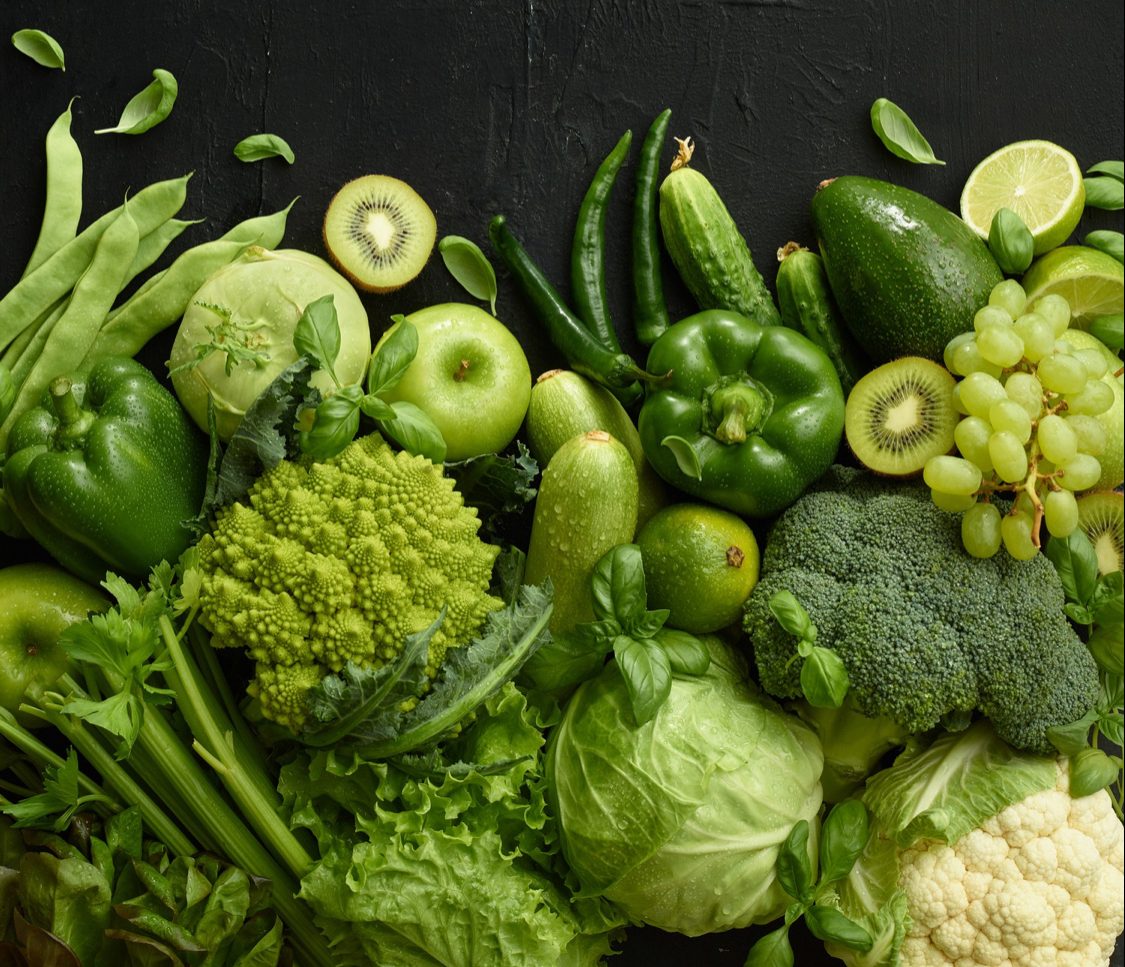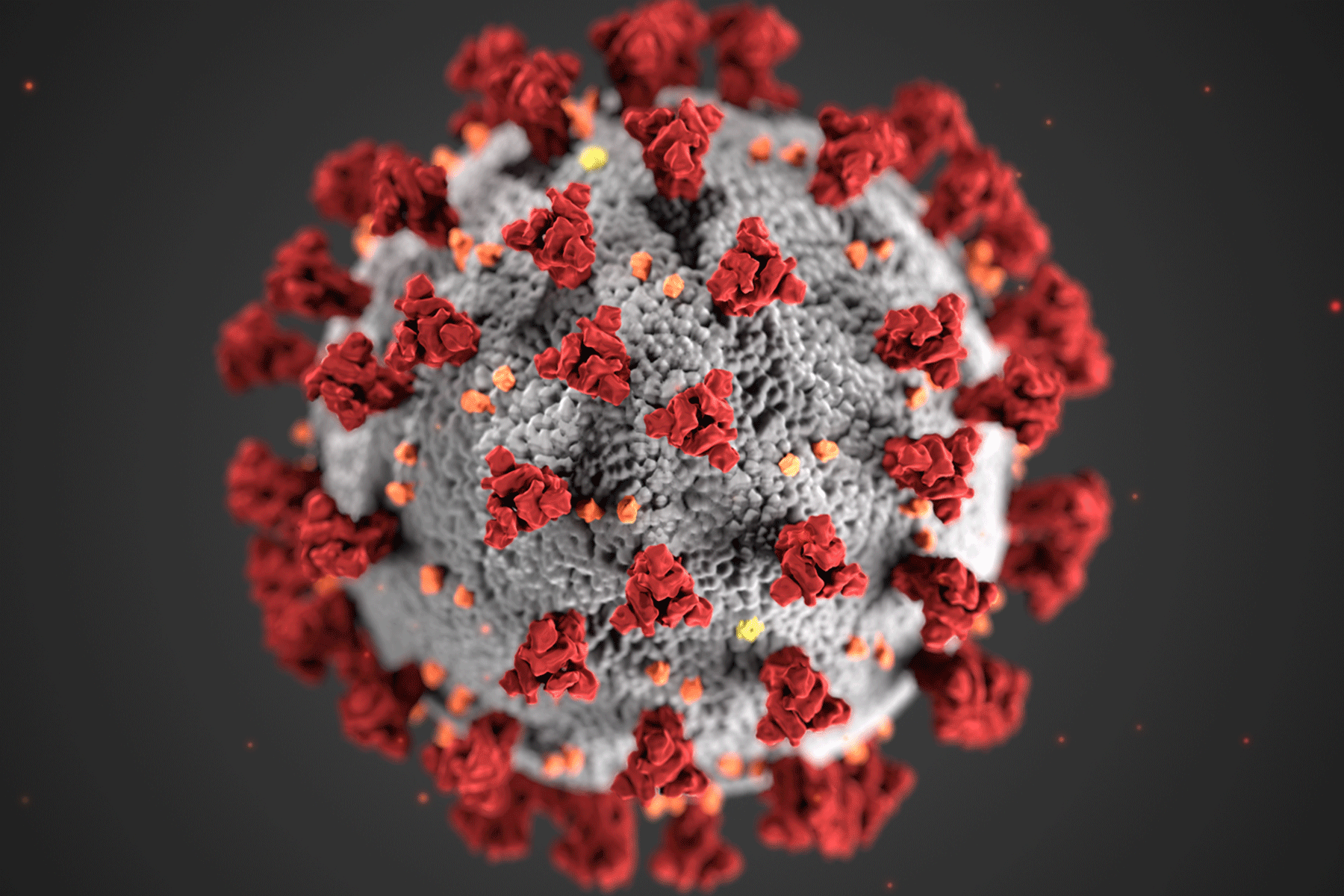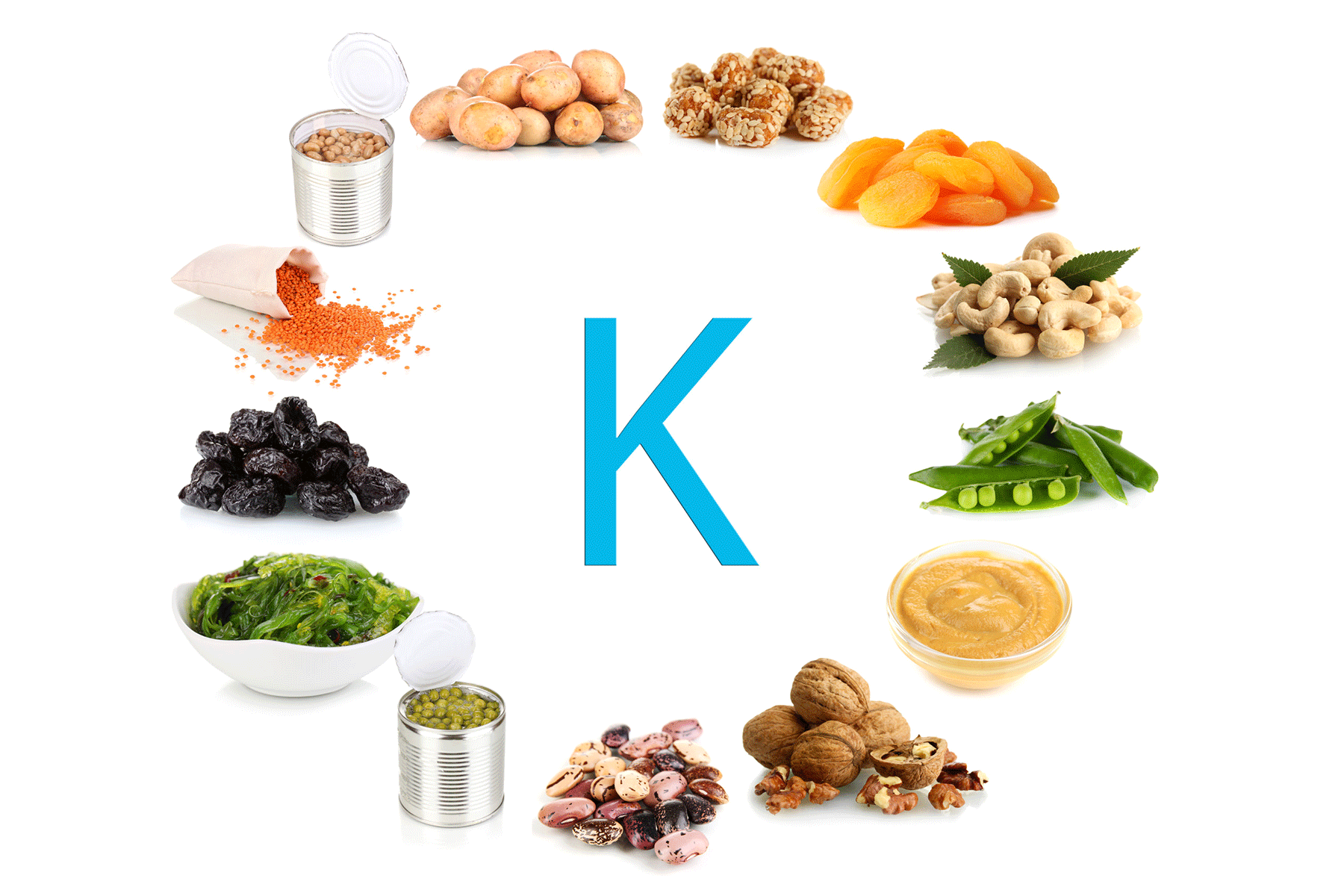Overview
India is increasingly turning to microalgae-derived pigments as natural alternatives to synthetic food dyes, which have raised health concerns globally. Traditional Indian cuisine has long relied on natural ingredients like turmeric and saffron for colour, but industrialisation introduced synthetic dyes linked to potential toxicity.
Health Risks and New Rules Boost Natural Colour Shift
Microalgae such as spirulina, Dunaliella salina, and Haematococcus pluvialis provide natural blue-green, orange-yellow, and red-orange pigments, respectively. These algae-based colours are gaining attention for their sustainability and potential health benefits, aligning with growing consumer demand for clean-label products. India’s Food Safety and Standards Authority (FSSAI) has introduced regulations to limit synthetic dyes in processed foods, encouraging manufacturers to explore natural alternatives. Spirulina production is increasing locally, though other algae pigments are still largely imported.
Algae Colours: Challenges and Chances in Indian Cuisine
However, challenges remain in using algae pigments in cooked foods due to their sensitivity to heat, light, and pH changes. Industry experts note that these natural colours may fade during high-temperature cooking, requiring further research and formulation improvements. The use of algae-based natural colours is expected to expand first in confectionery, beverages, and nutraceuticals, with potential future applications in traditional Indian cooking as technology advances.
Key challenges and opportunities
Key challenges and opportunities for incorporating algae-based colours in Indian cuisine include:
- Algae-derived pigments are sensitive to heat, light, oxygen, and pH, causing fading or colour changes during cooking.
- High-temperature Indian dishes pose a challenge for maintaining pigment stability.
- Advanced food science and formulation are needed to stabilise these natural colours for wider use.
- Currently, algae pigments work best in smoothies, beverages, and other low-heat products.
- Ongoing research aims to expand their use into traditional Indian cooking and processed foods.
- Future adoption balances wellness, tradition, and sustainability
Source: Deccan Chronicle
 Food Manifest
Food Manifest 














